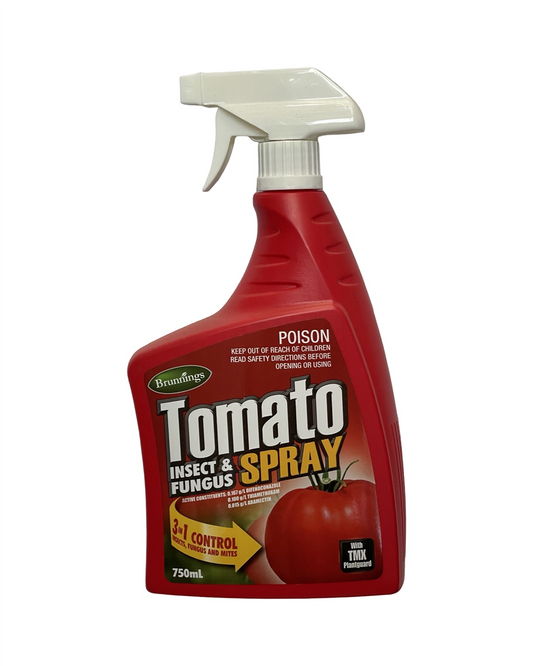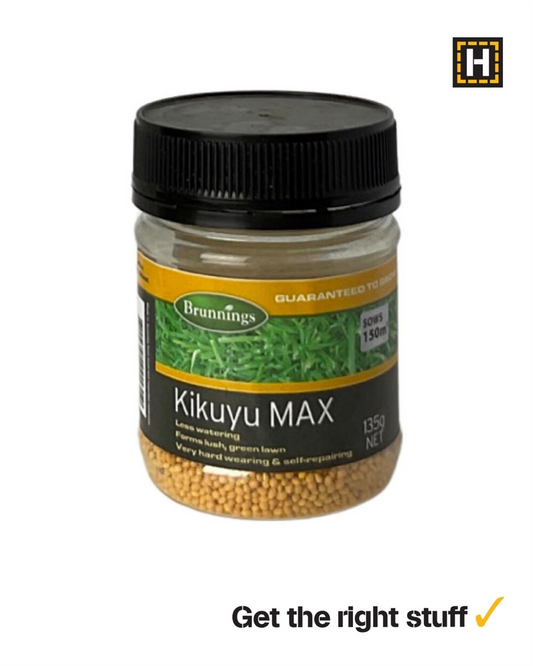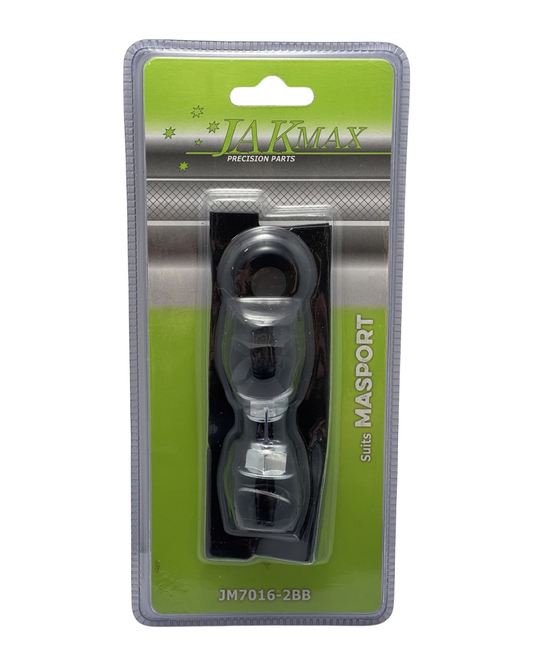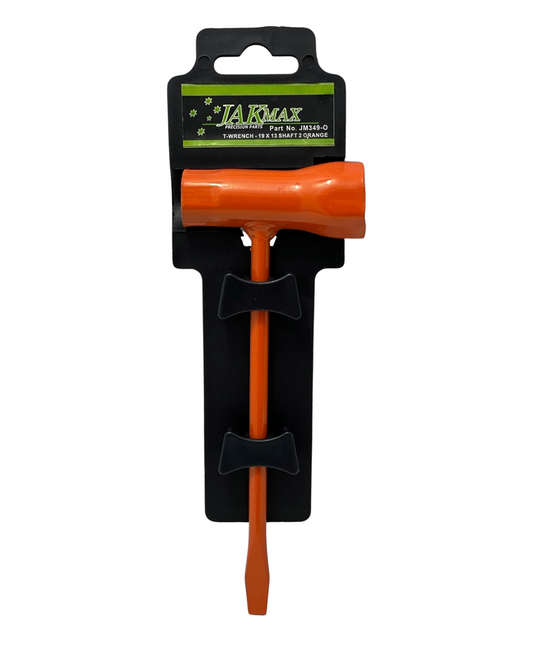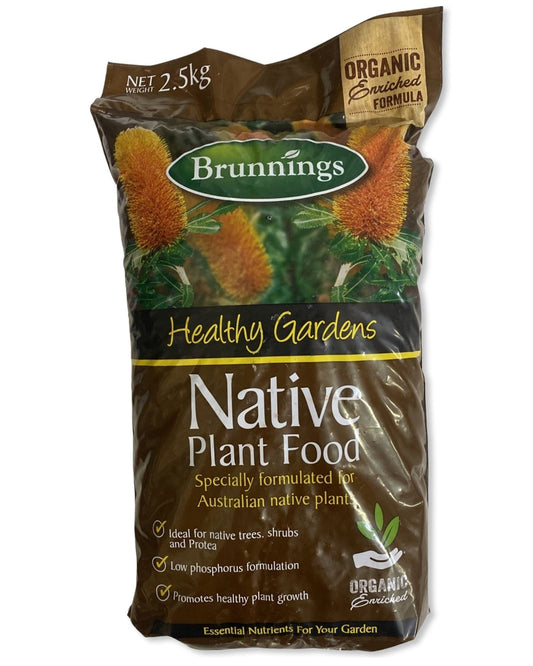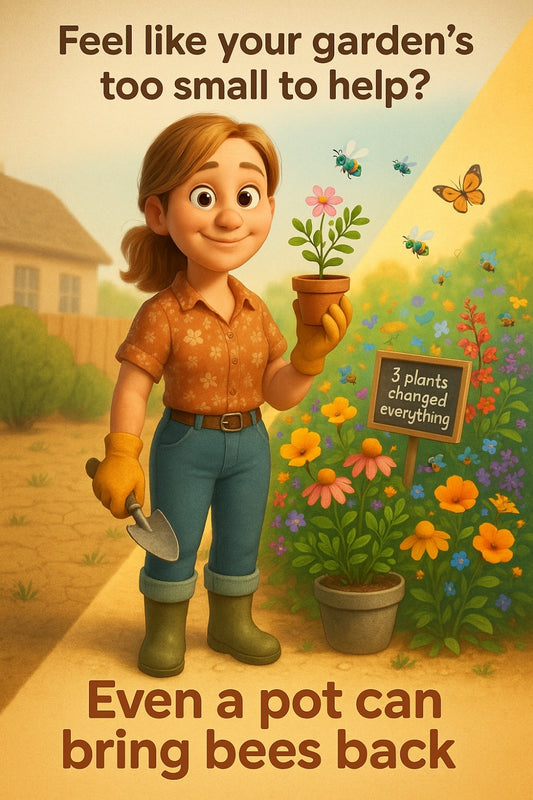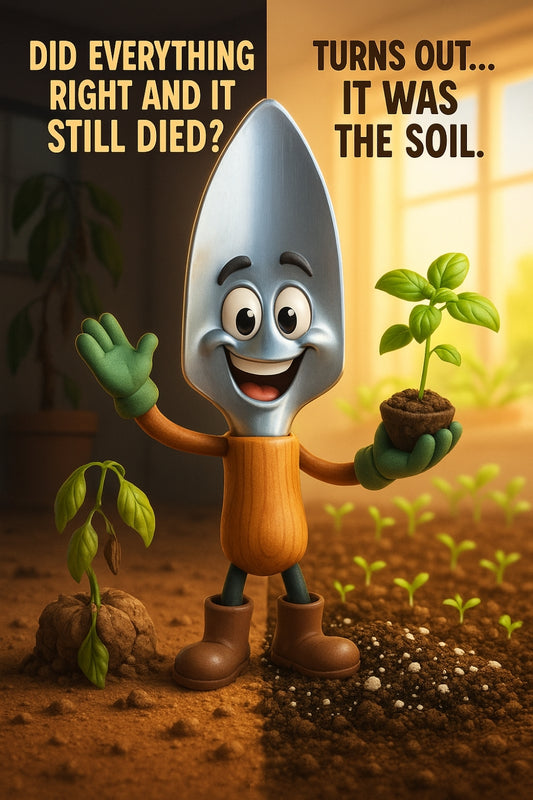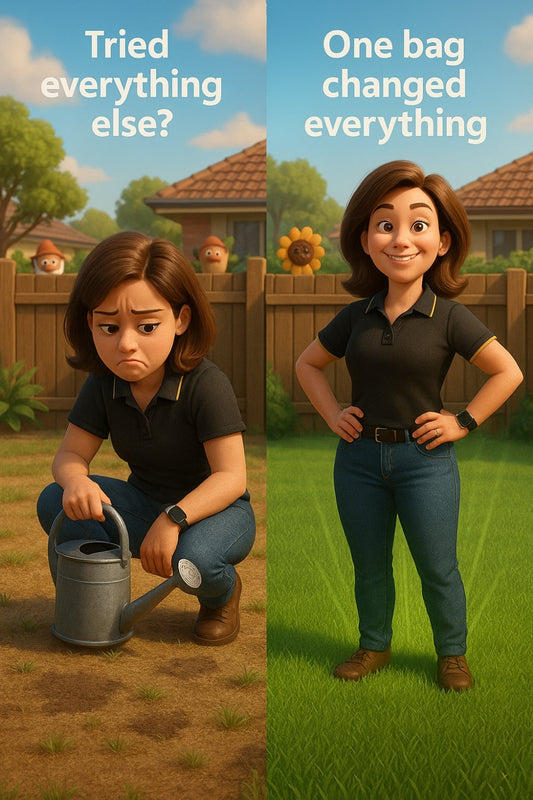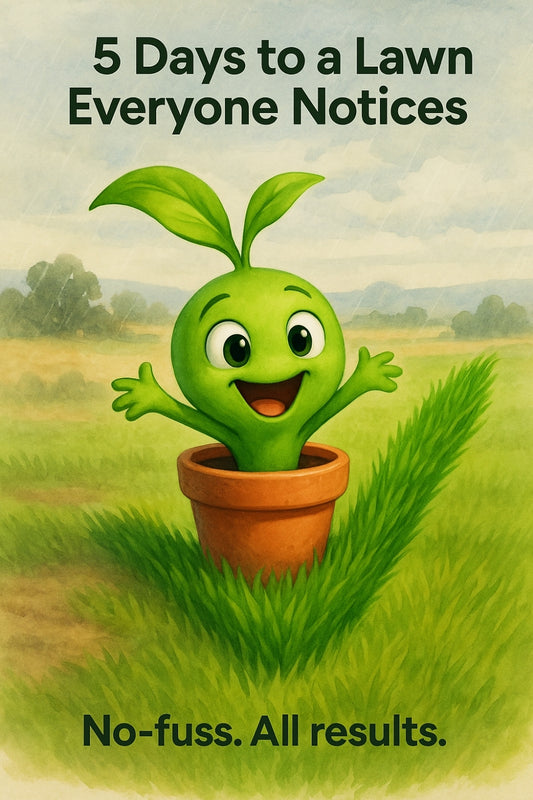Cyclone Tools won’t save limp lettuce if your water pressure's whispering instead of working.
Share
When Low Pressure Steals Your Garden’s Thunder
How water pressure can make or break your irrigation hopes
You plumbed in a sleek irrigation system. It promised time-saving, lush garden glory—and yet, your lettuce looks like it’s been living off morning dew. If your pop-up sprayers barely puff or your drippers weep like they’ve been ghosted, this might surprise you: The issue may not be your setup or the soil. It’s the water pressure.
Just last October, a local customer switched to a lower pressure-compatible micro-irrigation line, and the change was immediate—plants perked up within a week, and hose tantrums? Gone. Same tap. Same timer. Whole different result.
The Simple Truth About Pressure (And Why It Matters)
Think of your garden hose like a lazy barista. Too little pressure, and it trickles out your order. Too much, and it blasts your basil to bits. Water pressure must be just right for your system to work properly. Here’s where people get tripped up—
- Standard tap pressure varies wildly in South Australian homes—some sit above 500kPa, others barely crack 200kPa.
- Drip systems work best between 100–300kPa.
- Sprinklers often need 350–450kPa.
If your system leaks, underperforms or hoses behave like jumped-up snakes on a hot tin roof, chances are your water pressure needs adjusting—not replacing everything.
How Can You Tell If Pressure’s the Problem?
Grab a simple pressure gauge (you can find these in any decent garden aisle) and screw it onto an outdoor tap. Turn it on full blast—what’s the reading?
If it’s above 400kPa: You may need a pressure reducer.
If it’s below 200kPa: Choose low-pressure gear or a more efficient layout.
It’s not about expensive fixes—it’s about smart tweaks. Some systems just need different nozzles, shorter runs, or a split-zone watering strategy.
Old Advice That’s Been Holding Gardeners Back
Back in the day, it was all about getting the biggest hose with the greatest reach. But in 2024? Smart gardening’s in. We don't water lawns from the fence line anymore—we tailor pressure to purpose.
Your tomatoes don’t need a carwash. Your natives aren’t dying of thirst—they're drowning one drip at a time.
What Can You Do Right Now?
- Screw on a pressure gauge. Takes 10 seconds.
- Note what type of sprinkler or dripper you're using—check its pressure rating (usually on the pack).
- Buy a compatible pressure-reducing valve or add a second zone so your low-output plants get dedicated control.
- Ask someone local which products match your area’s quirks (hello clay-loam soil and breezy Strath mornings).
The Game-Changer Most Gardeners Don’t Think About
Most garden fails blamed on “crap gear” or “poor soil” are actually water flow issues. True story—one of our regulars spent weeks renovating a garden bed, only to discover her torpedoed veggie yield was thanks to pressure built for a firehose. A $12 pressure regulator turned things around and saved her zucchinis from becoming steamed mulch.
Your gear might be fine. It's just being sabotaged by water behaving badly.
The Mic-Drop Moment
Water pressure isn’t dramatic until it’s everything. Until your pop-ups stutter. Until your plants tilt like they want to nap. Until three hours of watering gets you half a soggy lavender. It’s not just a number—it’s the quiet force behind your garden’s wellbeing.
Sort your water pressure and suddenly, your gear works harder—without you lifting a finger.
Here’s to powerful flow, thriving beds, and making watering feel less like a weekly guilt-trip and more like a five-minute win.
Happy gardening,
Candeece
 Stay Connected
Stay Connected
Join our gardening community on Facebook: Urban Gardener's Notebook
And follow our Store Facebook Page: Strathalbyn H Hardware on Facebook

